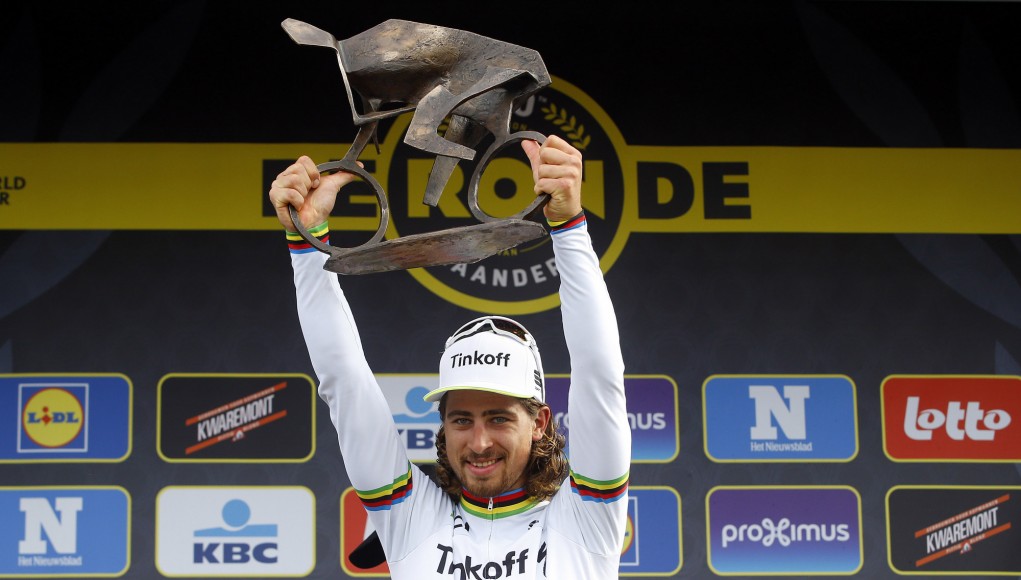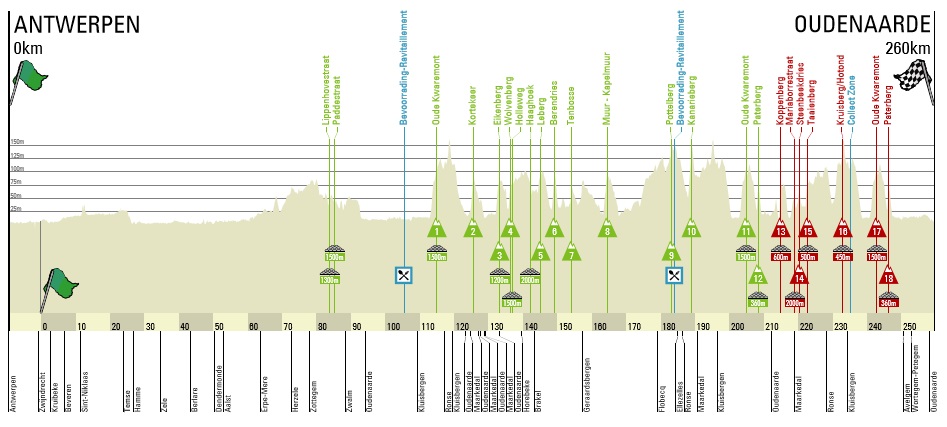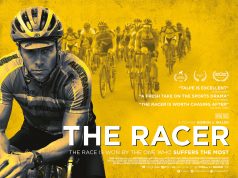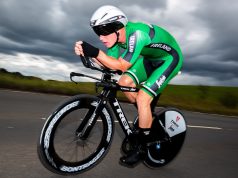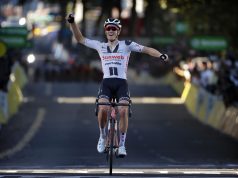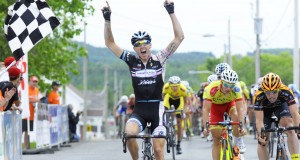For the first time in Tour of Flanders history, the riders are departing from the city of Antwerp. From there, they will face 259 kilometres, 18 climbs and five cobble sections.
Once through Oudenaarde, the race heads to Oude Kwaremont for the first time (1st climb, at 115 km). The route takes them up the Kortekeer, the Eikenberg, the Wolvenberg, the whole of Holle Weg (a cobble section, at 138km), the Haaghoek (cobble section, at 144km), the Leberg and the Berendries.
Three climbs have been dropped since the jubilee Tour of 2016: the Molenberg, the Valkenberg and the Kaperij. In their place the riders tackle Ten Bosse (the 7th climb of the day, at 154 km), the Muur van Geraardsbergen/Kapelpuur (the 8th of 18 climbs, at 164 km) and the Pottelberg (the 9th, at 181 km).
The attention-grabber in this succession of steep climbs through the Flemish Ardennes is, of course, the Muur van Geraardsbergen. After five years of absence, the decision to include the Muur on the route once again has met with a warm welcome both at home and abroad.
The last 9 climbs and the last cobble section of the 101st Tour of Flanders remain as they were in previous races. After the Kanarieberg (the 10th climb), the riders take on the Oude Kwaremont (the 11th climb, 55 km from the finish) and Paterberg (the 12th climb, 51 km from the finish).
After this, the riders are served yet another plateful: first they face the monument of the Koppenberg, and after that the front runners head on, via Mariaborrestraat (cobble section), to Steenbeekdries, the Taaienberg and the Kruisberg/Hotond. The ultimate knock out combination is then the Oude Kwaremont, (17th climb), 17 km from the finish, and the Paterberg (18th and final climb), 13 km from the finish.
“These last six climbs on the modern day route are typical Tour of Flanders climbs – they are all inclines on cobblestones. They produce an instantly recognisable and intense rhythm, which has yielded memorable finals in recent years. The most recent highpoint was only last year, in the jubilee 100th edition, when world champion Peter Sagan triumphed, forcing Fabian Cancellara to miss out on an absolute record. We just want to keep the last 75 kilometres as a feature of the race. Its instant recognisability should become a real race tradition,” concludes race director Wim Van Herreweghe.



